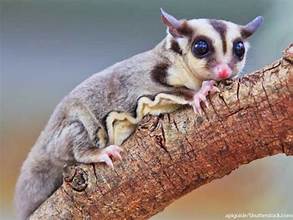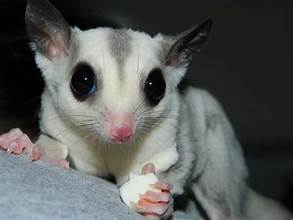Ball pythons have become increasingly popular among reptile enthusiasts due to their docile nature, relatively small size, and stunning array of color morphs. These morphs are genetic variations that result in unique patterns, colors, and even scales.
Let’s explore some of the most sought-after Ball Python morphs.
Popular Ball Python Morph
Pastel: Renowned for their soft, pastel-like colors, Pastel Ball Pythons are a favorite among collectors. They often have a combination of white, yellow, and orange tones.
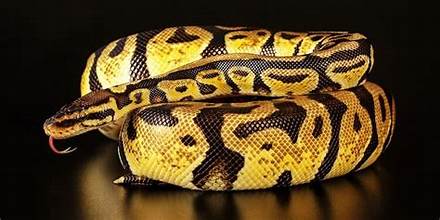
Albino: Albino Ball Pythons are characterized by their lack of melanin, resulting in a white or cream-colored body and pink eyes.
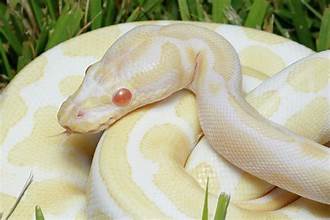
Spider: Spider Ball Pythons exhibit a distinct pattern of dark blotches that resemble a spider’s legs. These blotches can vary in size and intensity.
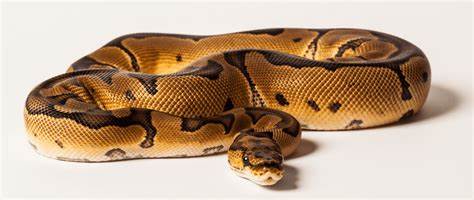
Fire: Fireball pythons are known for their vibrant red or orange coloration. They often have black or dark brown markings.
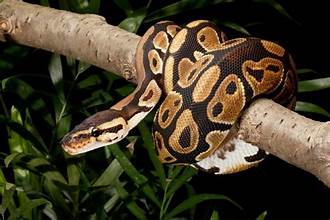
Phantom: Phantom Ball Pythons have a unique, almost translucent appearance. Their scales are often pale blue or white.
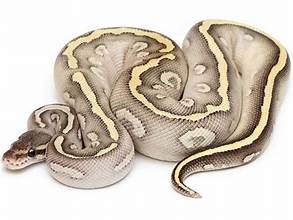
Yellow Belly: Yellow Belly Ball Pythons have a bright yellow or orange belly contrasting with their darker dorsal coloration.
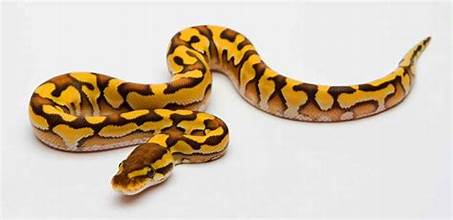
Mojave: Mojave Ball Pythons are typically a light gray or beige with darker markings. They often have a “ghost” pattern, markings appearing faded or translucent.
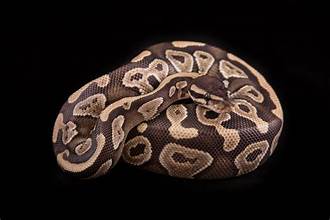
Factors Affecting Morph Value
The value of a morph can be influenced by several factors, including:
- Rarity: Morphs that are less common or have been recently discovered tend to be more valuable.
- Genetics: A morph’s genetic makeup can impact its value. For example, a homozygous morph (possessing two copies of the same gene) is often considered more desirable than a heterozygous morph.
- Color Intensity: The intensity and vibrancy of a morph’s colors can also affect its value.
- Market Demand: The demand for a particular morph can influence its price.
Caring for Ball Python Morphs
While Ball Pythons are relatively low-maintenance, providing them with proper care is essential. Key considerations include:
- Enclosure: A secure enclosure with a suitable substrate, hiding spots, and a heat source is necessary.
- Temperature and Humidity: Ball Pythons require a temperature gradient and moderate humidity levels.
- Diet: It is recommended that you give only a diet of frozen-thawed rodents appropriately sized for your morph
- Handling: While Ball Pythons are generally docile, handling them gently and avoiding stressing them is essential.
Ball Python morphs offer a captivating array of colors and patterns.
Whether you’re an experienced reptile enthusiast or a new hobbyist, there’s a Ball Python morph to suit your preferences.
By understanding the different morphs and their care needs, you can give them a happy and healthy home for your scaly companion.
Caring for Ball Python Morphs
While ball python morphs may vary in appearance, their care requirements are generally similar. Providing a suitable enclosure, proper temperature and humidity, and a nutritious diet are essential for their well-being.
Remember: It’s crucial to research the specific care requirements and potential health issues associated with a morph before considering purchasing a ball python morph.
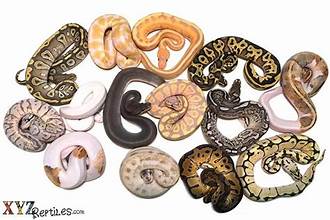
By understanding the diversity of ball python morphs and their unique characteristics, you can make an informed decision and enjoy the beauty and companionship of these fascinating reptiles.

